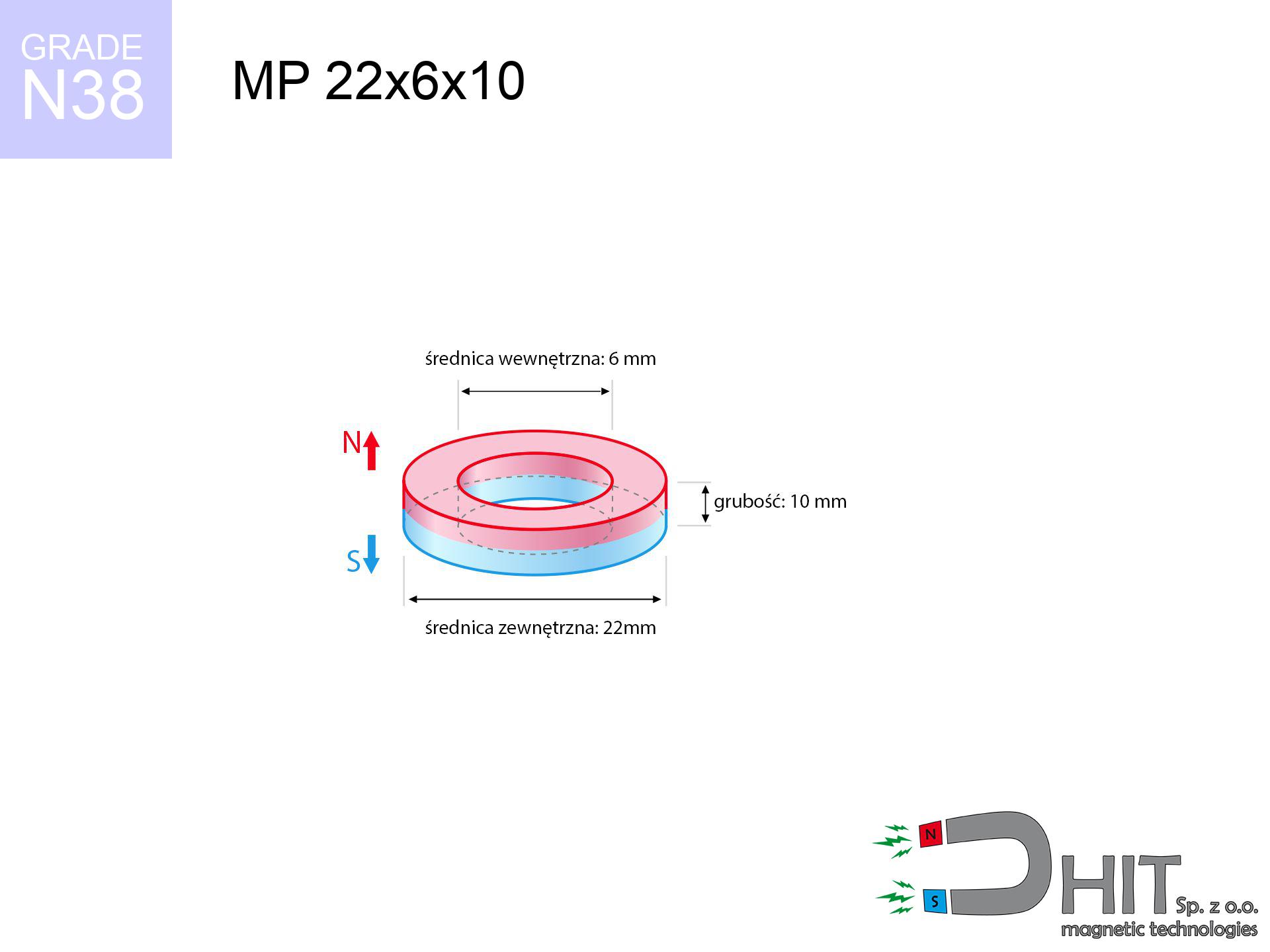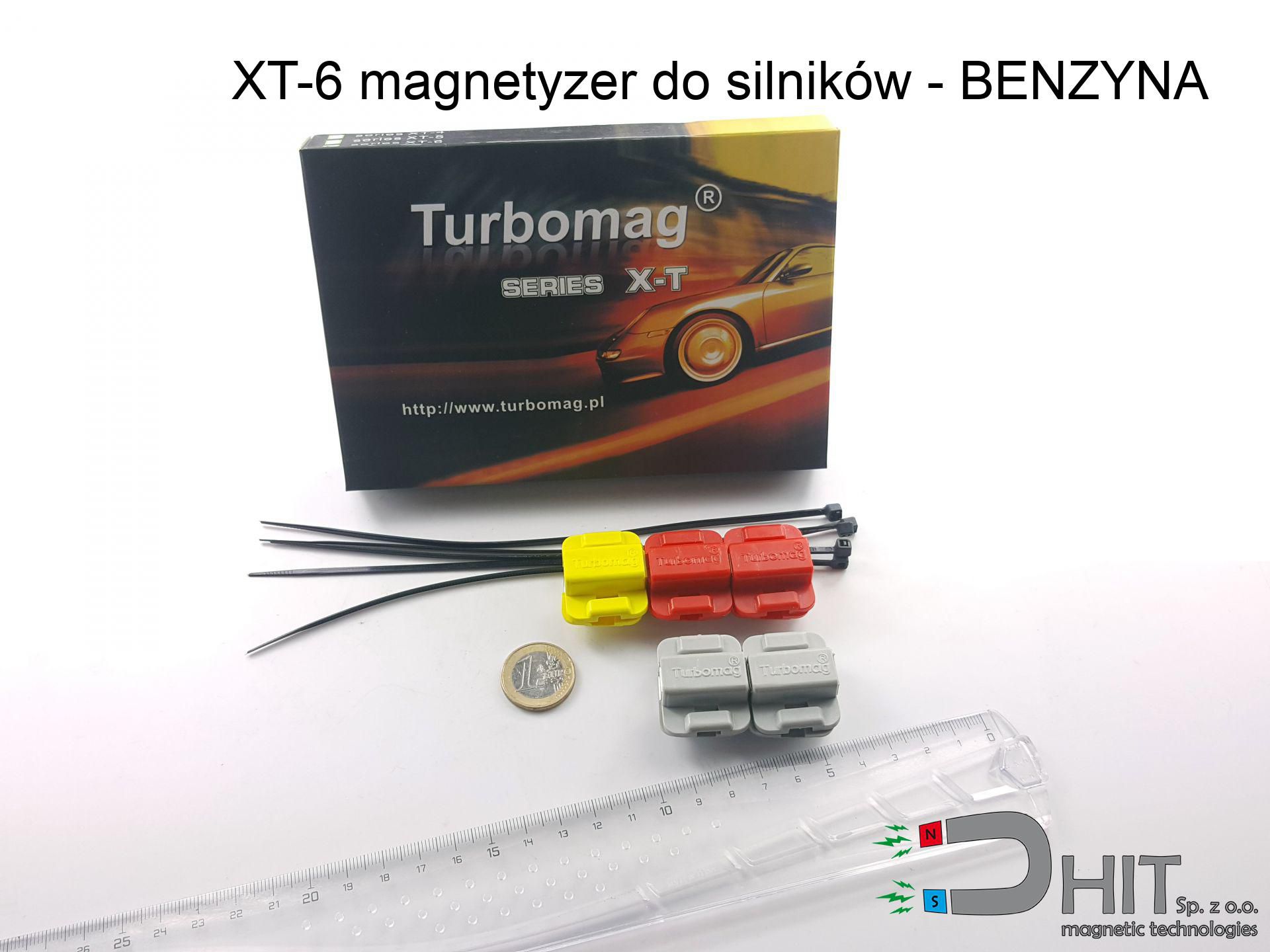SM 32x475 [2xM8] / N42 - magnetic separator
magnetic separator
Catalog no 130377
GTIN/EAN: 5906301813255
Diameter Ø
32 mm [±1 mm]
Height
475 mm [±1 mm]
Weight
2545 g
Magnetic Flux
~ 8 000 Gauss [±5%]
1414.50 ZŁ with VAT / pcs + price for transport
1150.00 ZŁ net + 23% VAT / pcs
bulk discounts:
Need more?
Give us a call
+48 22 499 98 98
or let us know using
contact form
through our site.
Weight along with shape of magnets can be calculated on our
online calculation tool.
Same-day shipping for orders placed before 14:00.
Product card - SM 32x475 [2xM8] / N42 - magnetic separator
Specification / characteristics - SM 32x475 [2xM8] / N42 - magnetic separator
| properties | values |
|---|---|
| Cat. no. | 130377 |
| GTIN/EAN | 5906301813255 |
| Production/Distribution | Dhit sp. z o.o. |
| Country of origin | Poland / China / Germany |
| Customs code | 85059029 |
| Diameter Ø | 32 mm [±1 mm] |
| Height | 475 mm [±1 mm] |
| Weight | 2545 g |
| Material Type | Stainless steel AISI 304 / A2 |
| Magnetic Flux | ~ 8 000 Gauss [±5%] |
| Size/Mount Quantity | 2xM8 |
| Polarity | circumferential - 18 poles |
| Casing Tube Thickness | 1 mm |
| Manufacturing Tolerance | ±1 mm |
Magnetic properties of material N42
| properties | values | units |
|---|---|---|
| remenance Br [min. - max.] ? | 12.9-13.2 | kGs |
| remenance Br [min. - max.] ? | 1290-1320 | mT |
| coercivity bHc ? | 10.8-12.0 | kOe |
| coercivity bHc ? | 860-955 | kA/m |
| actual internal force iHc | ≥ 12 | kOe |
| actual internal force iHc | ≥ 955 | kA/m |
| energy density [min. - max.] ? | 40-42 | BH max MGOe |
| energy density [min. - max.] ? | 318-334 | BH max KJ/m |
| max. temperature ? | ≤ 80 | °C |
Physical properties of sintered neodymium magnets Nd2Fe14B at 20°C
| properties | values | units |
|---|---|---|
| Vickers hardness | ≥550 | Hv |
| Density | ≥7.4 | g/cm3 |
| Curie Temperature TC | 312 - 380 | °C |
| Curie Temperature TF | 593 - 716 | °F |
| Specific resistance | 150 | μΩ⋅cm |
| Bending strength | 250 | MPa |
| Compressive strength | 1000~1100 | MPa |
| Thermal expansion parallel (∥) to orientation (M) | (3-4) x 10-6 | °C-1 |
| Thermal expansion perpendicular (⊥) to orientation (M) | -(1-3) x 10-6 | °C-1 |
| Young's modulus | 1.7 x 104 | kg/mm² |
Table 1: Rod construction
SM 32x475 [2xM8] / N42
| Parameter | Value | Description / Unit |
|---|---|---|
| Diameter (Ø) | 32 | mm |
| Total length | 475 | mm (L) |
| Active length | 439 | mm |
| Section count | 19 | modules |
| Dead zone | 36 | mm (2x 18mm starter) |
| Weight (est.) | ~2903 | g |
| Active area | 441 | cm² (Area) |
| Housing material | AISI 304 | 1.4301 (Inox) |
| Surface finish | Ra < 0.8 µm | Polished |
| Temp. class | 80°C | Standard (N) |
| Force loss (at max °C) | -12.8% | Reversible loss (physics) |
| Force (calculated) | 26.2 | kg (theor.) |
| Induction (surface) | ~8 000 | Gauss (Max) |
Chart 2: Field profile (19 sections)
Chart 3: Temperature performance
Elemental analysis
| iron (Fe) | 64% – 68% |
| neodymium (Nd) | 29% – 32% |
| boron (B) | 1.1% – 1.2% |
| dysprosium (Dy) | 0.5% – 2.0% |
| coating (Ni-Cu-Ni) | < 0.05% |
Environmental data
| recyclability (EoL) | 100% |
| recycled raw materials | ~10% (pre-cons) |
| carbon footprint | low / zredukowany |
| waste code (EWC) | 16 02 16 |
Other offers
Advantages and disadvantages of neodymium magnets.
Strengths
- They have unchanged lifting capacity, and over nearly ten years their attraction force decreases symbolically – ~1% (according to theory),
- They are extremely resistant to demagnetization induced by external field influence,
- By covering with a smooth layer of nickel, the element gains an elegant look,
- Magnetic induction on the surface of the magnet remains extremely intense,
- Made from properly selected components, these magnets show impressive resistance to high heat, enabling them to function (depending on their shape) at temperatures up to 230°C and above...
- Thanks to flexibility in forming and the ability to adapt to client solutions,
- Wide application in future technologies – they serve a role in HDD drives, brushless drives, medical devices, as well as industrial machines.
- Relatively small size with high pulling force – neodymium magnets offer high power in small dimensions, which enables their usage in compact constructions
Weaknesses
- At very strong impacts they can crack, therefore we advise placing them in strong housings. A metal housing provides additional protection against damage, as well as increases the magnet's durability.
- We warn that neodymium magnets can lose their power at high temperatures. To prevent this, we suggest our specialized [AH] magnets, which work effectively even at 230°C.
- They oxidize in a humid environment. For use outdoors we recommend using waterproof magnets e.g. in rubber, plastic
- Due to limitations in producing threads and complicated shapes in magnets, we propose using cover - magnetic mechanism.
- Potential hazard resulting from small fragments of magnets pose a threat, if swallowed, which is particularly important in the aspect of protecting the youngest. It is also worth noting that small components of these products can disrupt the diagnostic process medical when they are in the body.
- With mass production the cost of neodymium magnets can be a barrier,
Holding force characteristics
Maximum lifting capacity of the magnet – what contributes to it?
- using a plate made of mild steel, functioning as a magnetic yoke
- whose transverse dimension reaches at least 10 mm
- with an polished touching surface
- without any air gap between the magnet and steel
- under vertical force vector (90-degree angle)
- in neutral thermal conditions
Lifting capacity in real conditions – factors
- Air gap (betwixt the magnet and the metal), since even a microscopic distance (e.g. 0.5 mm) results in a drastic drop in lifting capacity by up to 50% (this also applies to paint, rust or debris).
- Force direction – declared lifting capacity refers to pulling vertically. When attempting to slide, the magnet exhibits much less (typically approx. 20-30% of maximum force).
- Substrate thickness – to utilize 100% power, the steel must be sufficiently thick. Thin sheet restricts the attraction force (the magnet "punches through" it).
- Steel grade – ideal substrate is high-permeability steel. Hardened steels may generate lower lifting capacity.
- Plate texture – ground elements ensure maximum contact, which improves force. Uneven metal weaken the grip.
- Thermal conditions – neodymium magnets have a negative temperature coefficient. When it is hot they lose power, and in frost they can be stronger (up to a certain limit).
Lifting capacity was measured by applying a steel plate with a smooth surface of suitable thickness (min. 20 mm), under vertically applied force, however under parallel forces the lifting capacity is smaller. In addition, even a slight gap between the magnet’s surface and the plate lowers the holding force.
Safe handling of neodymium magnets
Health Danger
Medical warning: Neodymium magnets can turn off pacemakers and defibrillators. Do not approach if you have electronic implants.
Crushing risk
Pinching hazard: The pulling power is so immense that it can cause hematomas, crushing, and even bone fractures. Protective gloves are recommended.
Keep away from children
NdFeB magnets are not suitable for play. Eating several magnets can lead to them connecting inside the digestive tract, which constitutes a critical condition and requires immediate surgery.
Threat to electronics
Do not bring magnets near a purse, computer, or TV. The magnetism can destroy these devices and wipe information from cards.
Shattering risk
Despite metallic appearance, neodymium is delicate and cannot withstand shocks. Avoid impacts, as the magnet may crumble into sharp, dangerous pieces.
GPS and phone interference
GPS units and mobile phones are extremely susceptible to magnetism. Close proximity with a powerful NdFeB magnet can ruin the sensors in your phone.
Heat sensitivity
Avoid heat. Neodymium magnets are susceptible to temperature. If you require operation above 80°C, inquire about special high-temperature series (H, SH, UH).
Caution required
Before use, read the rules. Sudden snapping can destroy the magnet or hurt your hand. Be predictive.
Mechanical processing
Dust created during grinding of magnets is flammable. Do not drill into magnets unless you are an expert.
Sensitization to coating
Some people experience a hypersensitivity to nickel, which is the standard coating for neodymium magnets. Frequent touching can result in skin redness. We suggest wear safety gloves.

![Separation magnetic rod SM 32x475 [2xM8] / N42 Separation magnetic rod SM 32x475 [2xM8] / N42](https://cdn3.dhit.pl/graphics/banners/magnet.webp)
![SM 32x475 [2xM8] / N42 - magnetic separator](https://cdn3.dhit.pl/graphics/products/sm-32x475-2xm8-jot.jpg)


![MPL 40x15x5x2[7/3.5] / N38 - lamellar magnet MPL 40x15x5x2[7/3.5] / N38 - lamellar magnet](https://cdn3.dhit.pl/graphics/products/mpl-40x15x5x27-3.5-cas.jpg)


